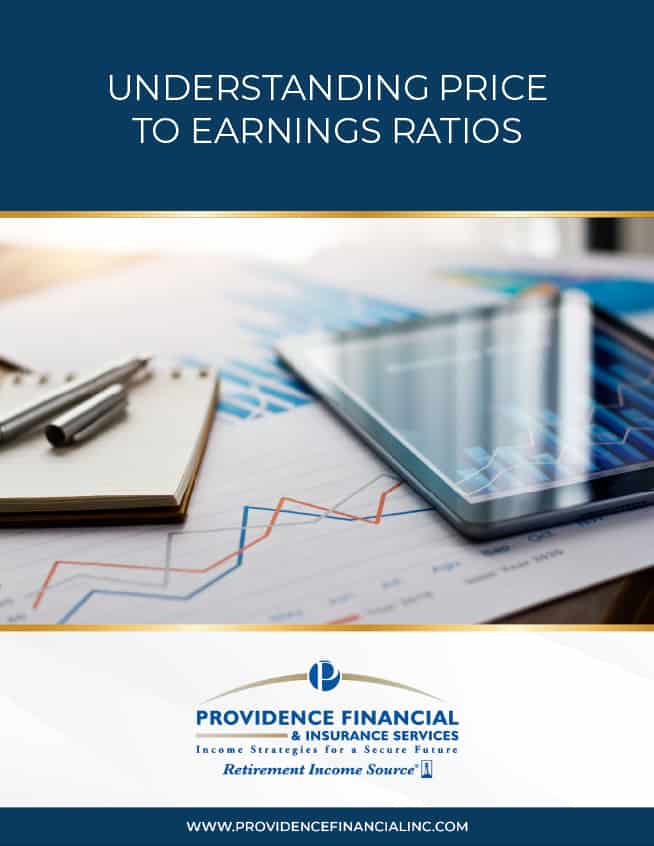
Have you ever bought a pair of pants for your child or grandchild that were too big? It’s a common occurrence, and when it happens, you have two options: 1) you can throw the pants in the wash and try to shrink them, or 2) you can just sit back knowing that your child or grandchild will eventually grow into them. This same phenomenon applies when the price of stocks gets overinflated in relation to annual corporate profits. If you can learn to recognize when it’s
happening, that knowledge can go a long way toward helping you make smart savings and investment decisions.
In 1998, the overall price of stocks in the market was becoming overinflated – like a baggy pair of pants – relative to actual corporate profits. With knowledge of market history and a grasp of basic financial ratios, an investor could have anticipated that one of two things were likely to happen to correct this growing imbalance. Either overall stock prices had to drop, or we had to slip into a period of market volatility while we waited for corporate profits to grow into these baggy price levels.
The Formula
Every stock has a price-to-earnings ratio, and so does the entire stock market. The formula is simple: price per share divided by earnings per share. By comparing these two measurements in one stock and calculating the ratio alongside that of another stock, you can often get an idea of which stock is a better buy. As a very general rule of thumb, the stock with the lower price to earnings ratio is the more attractive stock because it is considered undervalued, and remember, the goal is always to “buy low.”
To continue reading, sign up!

